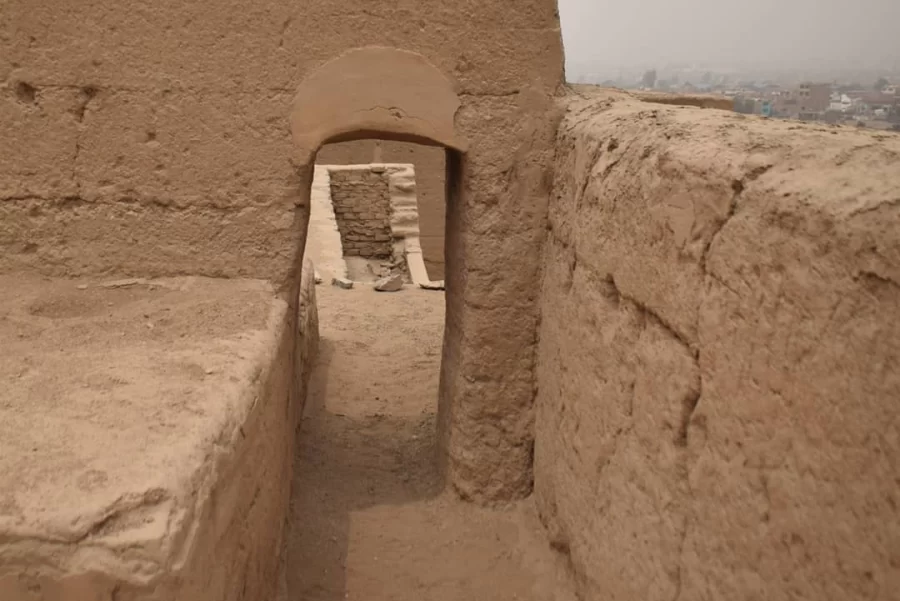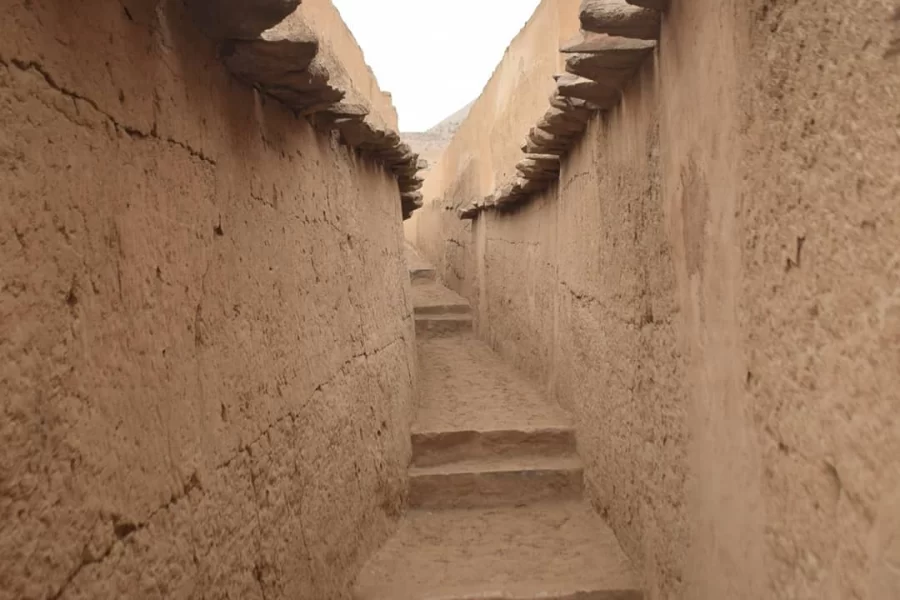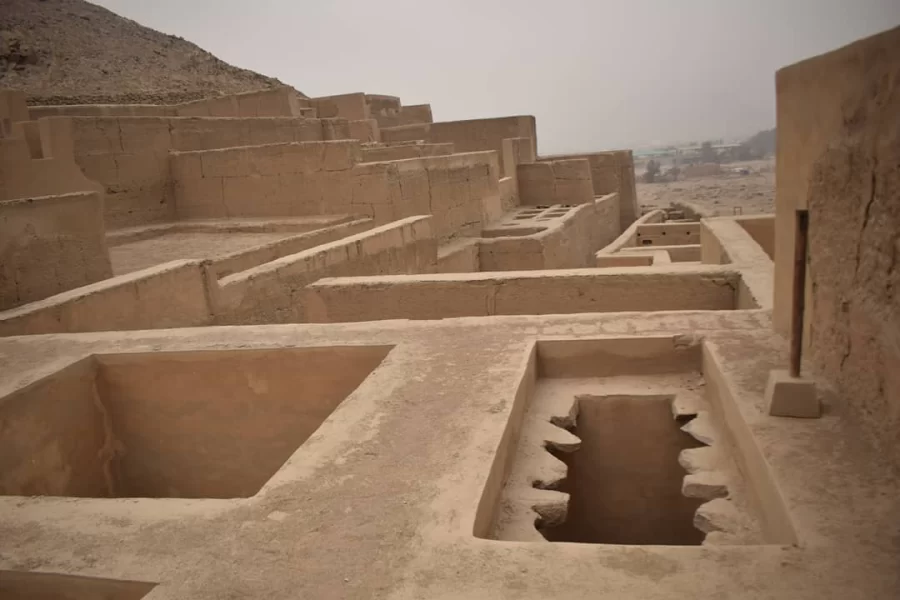The Huaycán de Pariachi Archaeological Zone, often confused with Huaycán de Cieneguilla, is a beautiful destination located in the city of Lima and a perfect place to spend a moment away from the stress of the city without necessarily going too far.
Visit Huaycán de Pariachi, don't miss this beautiful cultural site, inside the city.
Table of Contents
This archaeological complex is located in the valley of the Rimac River, on the left bank, at km 16.500 of the district of Ate, in Lima.
It is very easy to get to Huaycán, even using public transportation. Consult with your travel consultant to organize a tour of this beautiful historic site.
The city of Lima had a very broad social development in cultures, long before the arrival of the Incas to these territories in the year 1400 A.D. being the Ychsmas and the Collis the most outstanding cultures.
The Ychsmas were those who inhabited the valleys of the Rimac and Lurin River, according to studies, they would have a form of government divided into curacazgo or lordships, who were led by a single chief priest and a priest.
The name Ychsmas probably came from the use of achiote that they used to paint their faces during religious celebrations. They worshipped the god Pachacamac, whose sanctuary was oriented towards the sea, and the god Rimac, and it is in honor of him that the river is named today.
The daily activities of the Ychsmas, due to the geographical area in which they were located, were mainly fishing for fish and shellfish, while in agriculture, they cultivated beans, caigua, achira, peanuts, pumpkins, pacae, lucuma, corn, avocado and cotton with which they wove unkus decorated with blue and brown lines.
The architecture of Huaycán stands out for its stepped truncated pyramids, with wide ramps, squares, storage areas, terraces and passageways.
For the construction of its walls a technique called Tapial was used, in which long molds were filled with the prepared mud, and tamped, the roofs were made of reed mats, or trunks of lucuma and guarango.
The main pyramids fulfilled the religious administrative function and consisted of courtyards for religious activities and private spaces in which the oracle performed ceremonies and worship.
It is also believed that some of these pyramids were the residence of elite families, while the buildings in the urban area are simpler and isolated in small quarters.
This archaeological complex is located in the area known as Chaupiyunga.
It is very easy to recognize Huaycán de Pariachi by the imposing palace, built on the slopes of the hill, camouflaged with its surroundings by the color of its walls.
Inside these walls are rooms and squares connected by passages and stairs, leaving a large space of incredible architectural planning at different levels, according to some theories, this great palace would have been the residence of the ruling elite Yschma. This is undoubtedly the most imposing and important building of Huaycán.
In the surroundings of the palace, there are other smaller buildings that were homes for the population, and although this space was inhabited by the Ychsmas for many years, they were later incorporated into the Inca empire in 1450 AD approximately, who introduced different architectural techniques as well as the exchange or barter of other products that were not harvested on the coast.
During the archaeological excavations, remains of pottery for daily and ritual use, baskets and textiles were found. It was also found that a large part of the walls of Huaycán were painted with ochre, yellow and white tones and that some of these walls had reliefs with drawings of sea birds, waves and other motifs.
Getting to the Huaycan complex from the city of Lima is very easy, it is even possible to arrive by public transportation in the city; however, we recommend you to take the service with a qualified travel agency.
This place is located in the district of Ate, it has 3 sectors that border with the community of Huaycán, the human settlement of Horacio Zevallos and the urbanization El Descanso.
Visiting hours to the archaeological site of Huaycán are from 9 in the morning until 5 in the afternoon, from Monday to Sunday, with the following rates:



